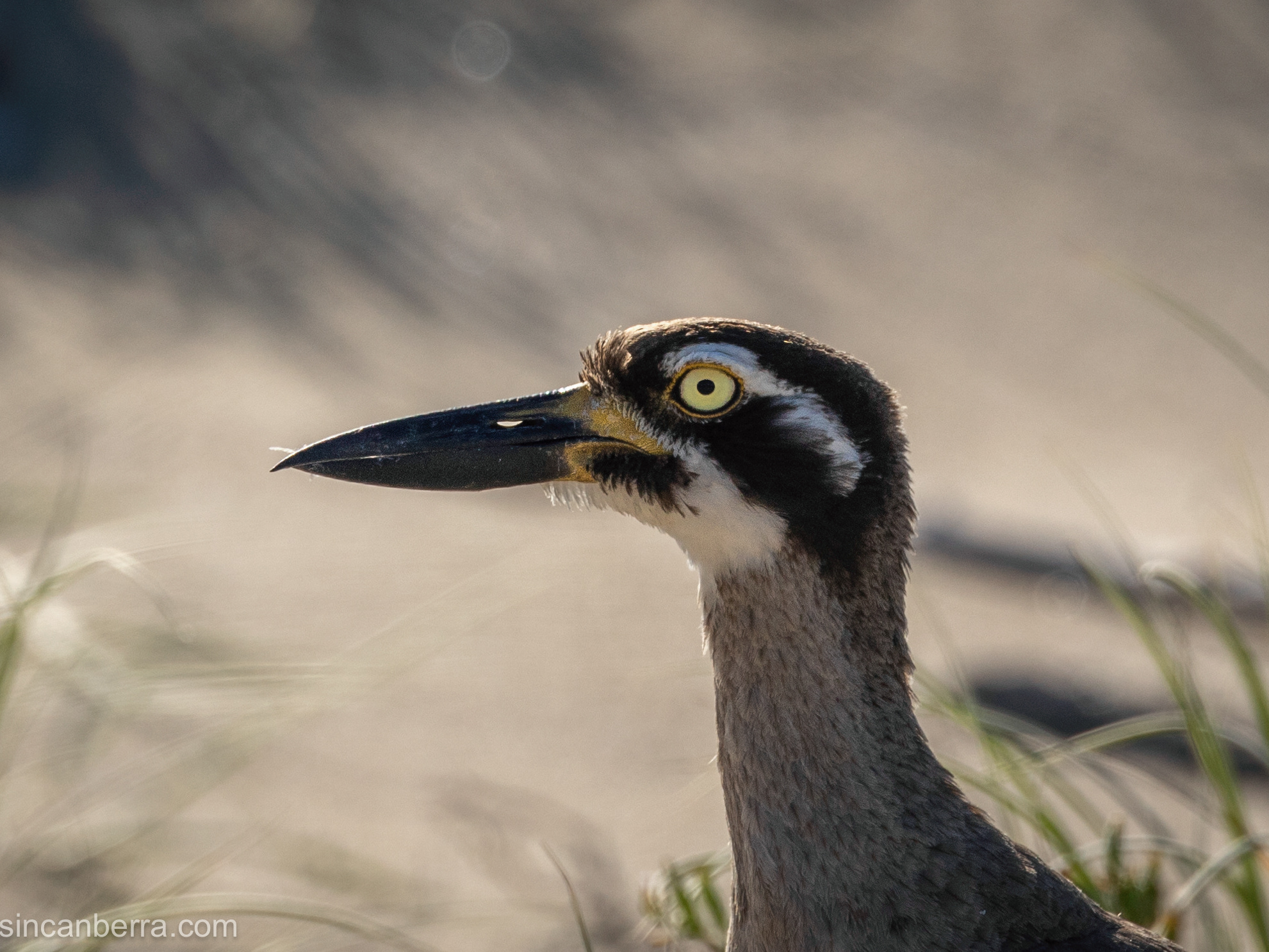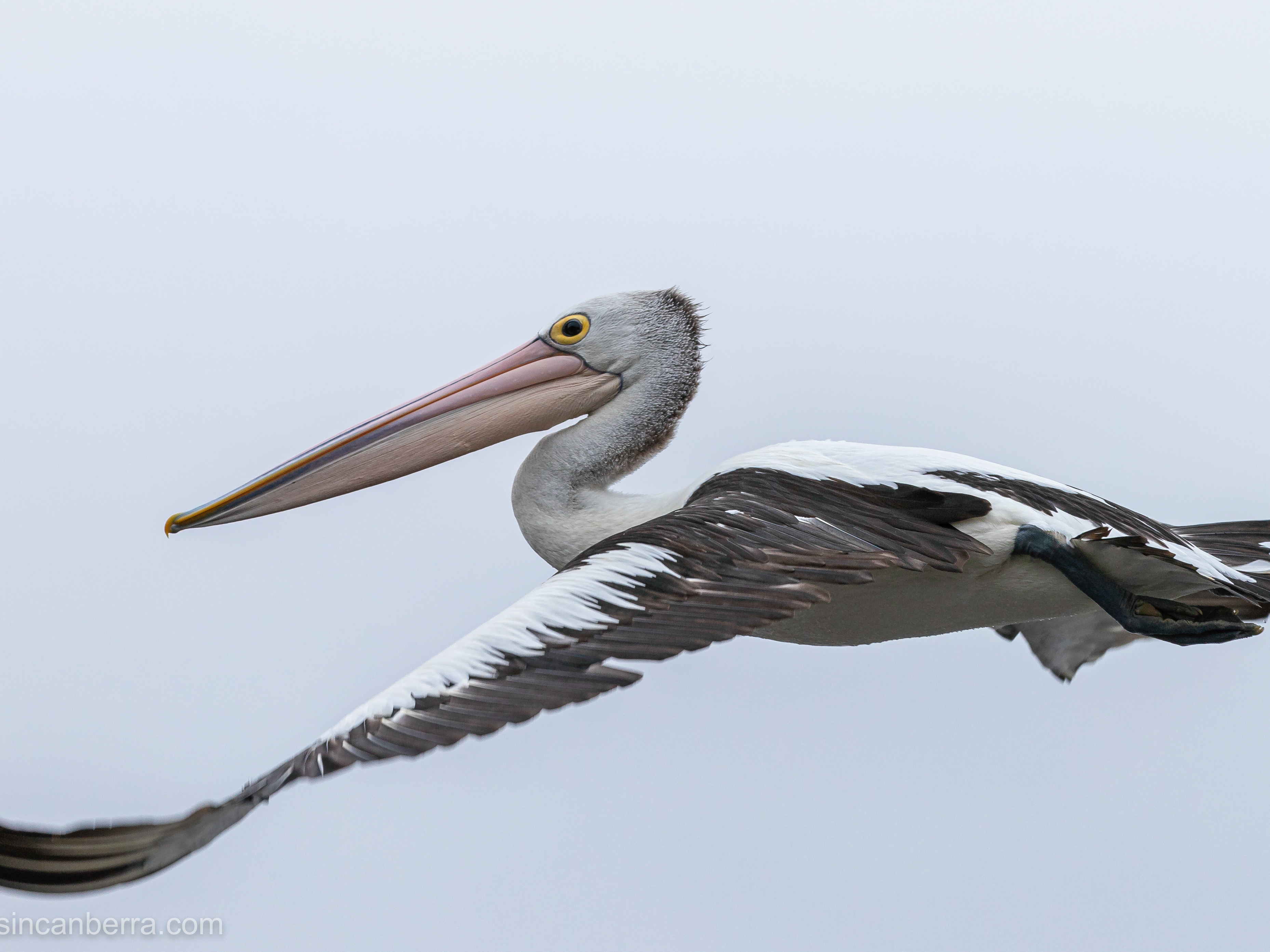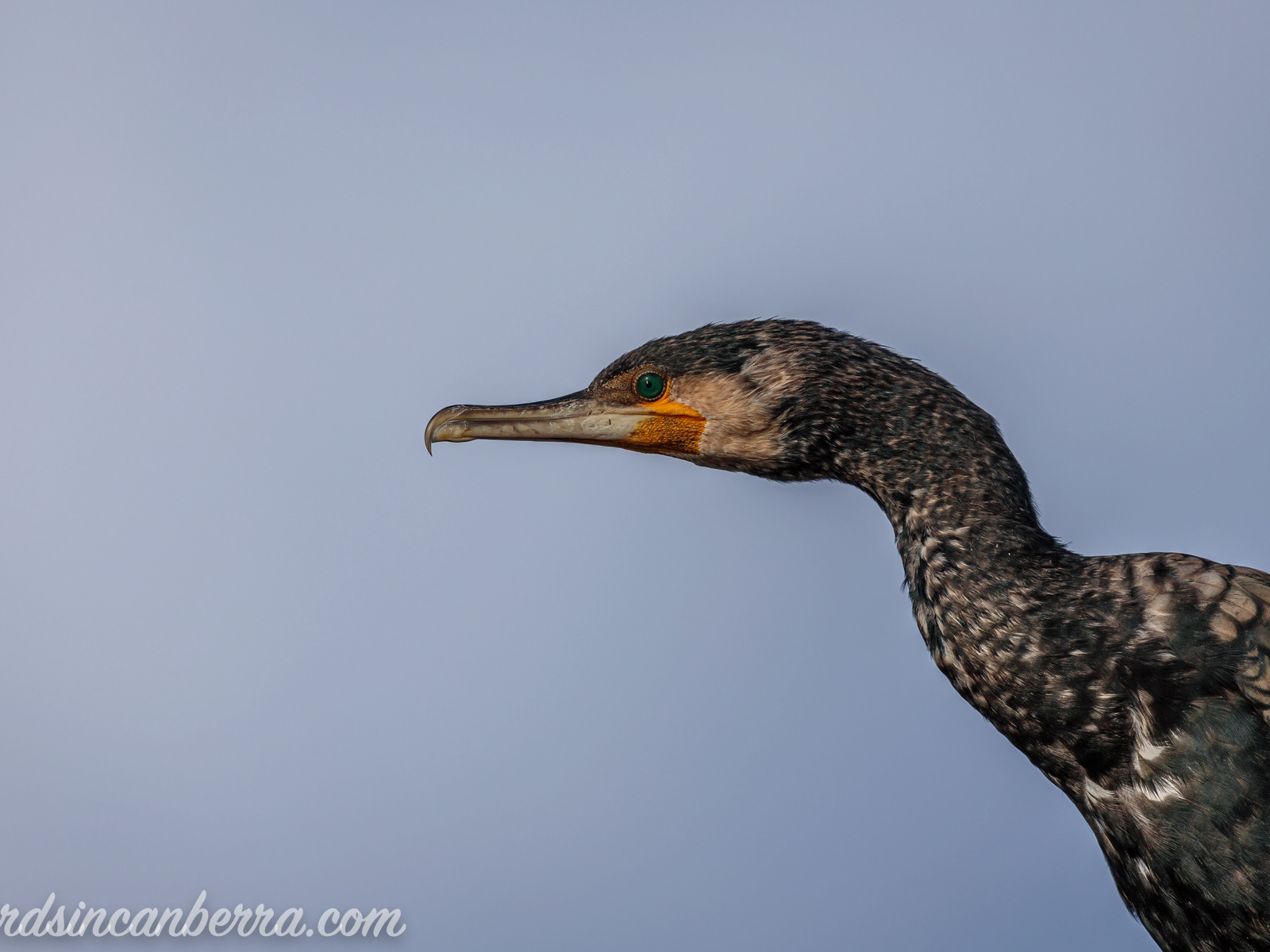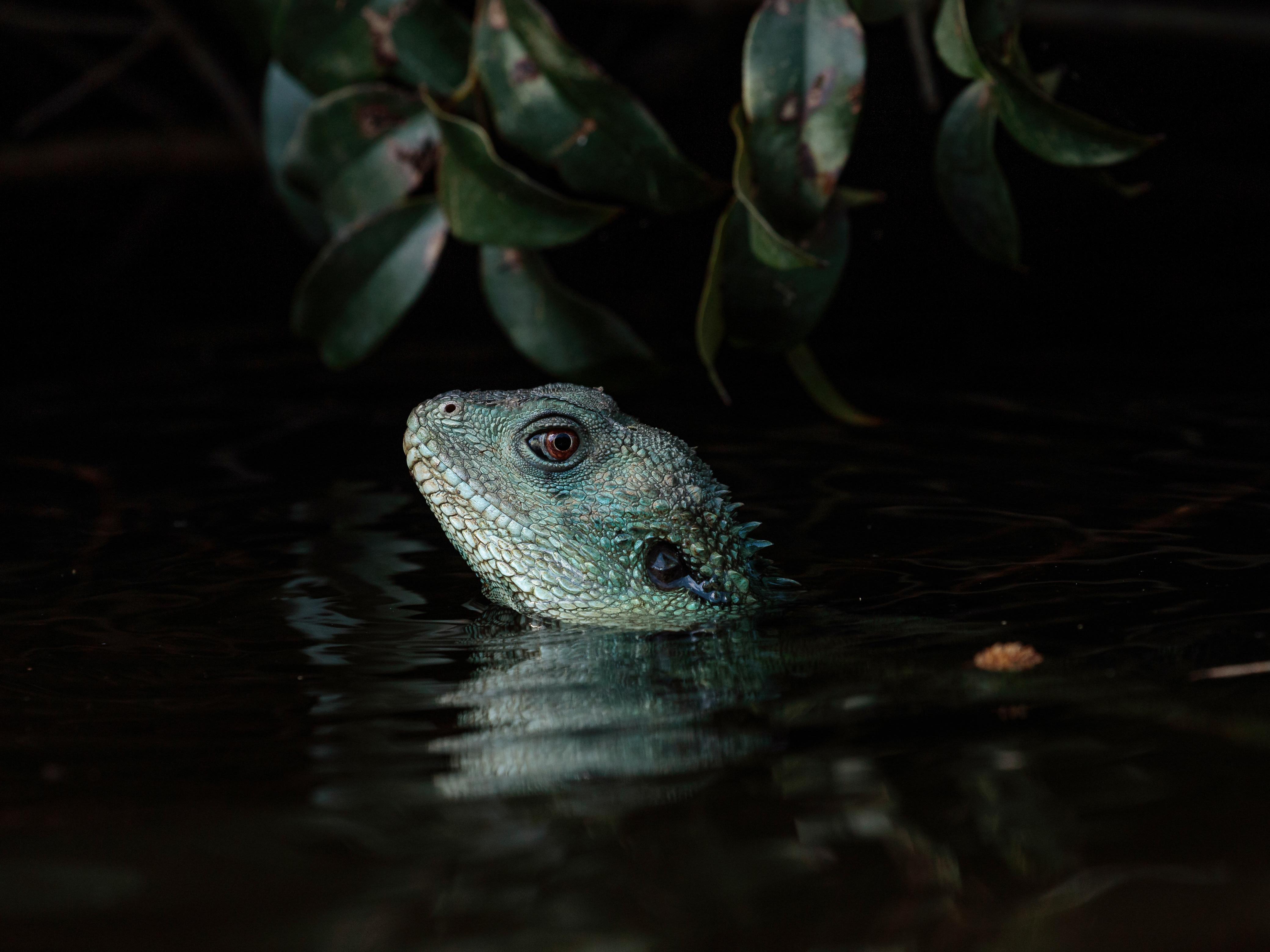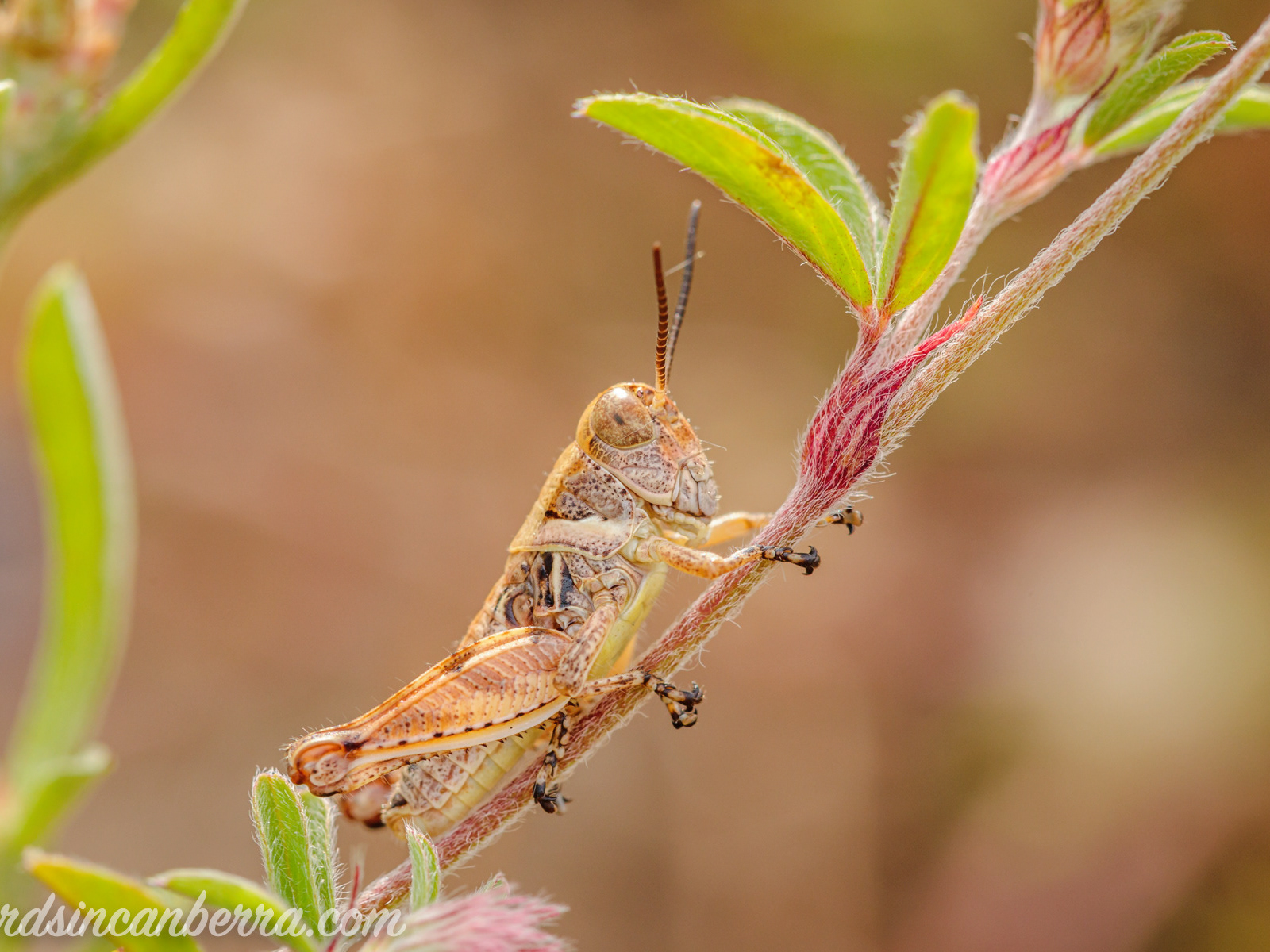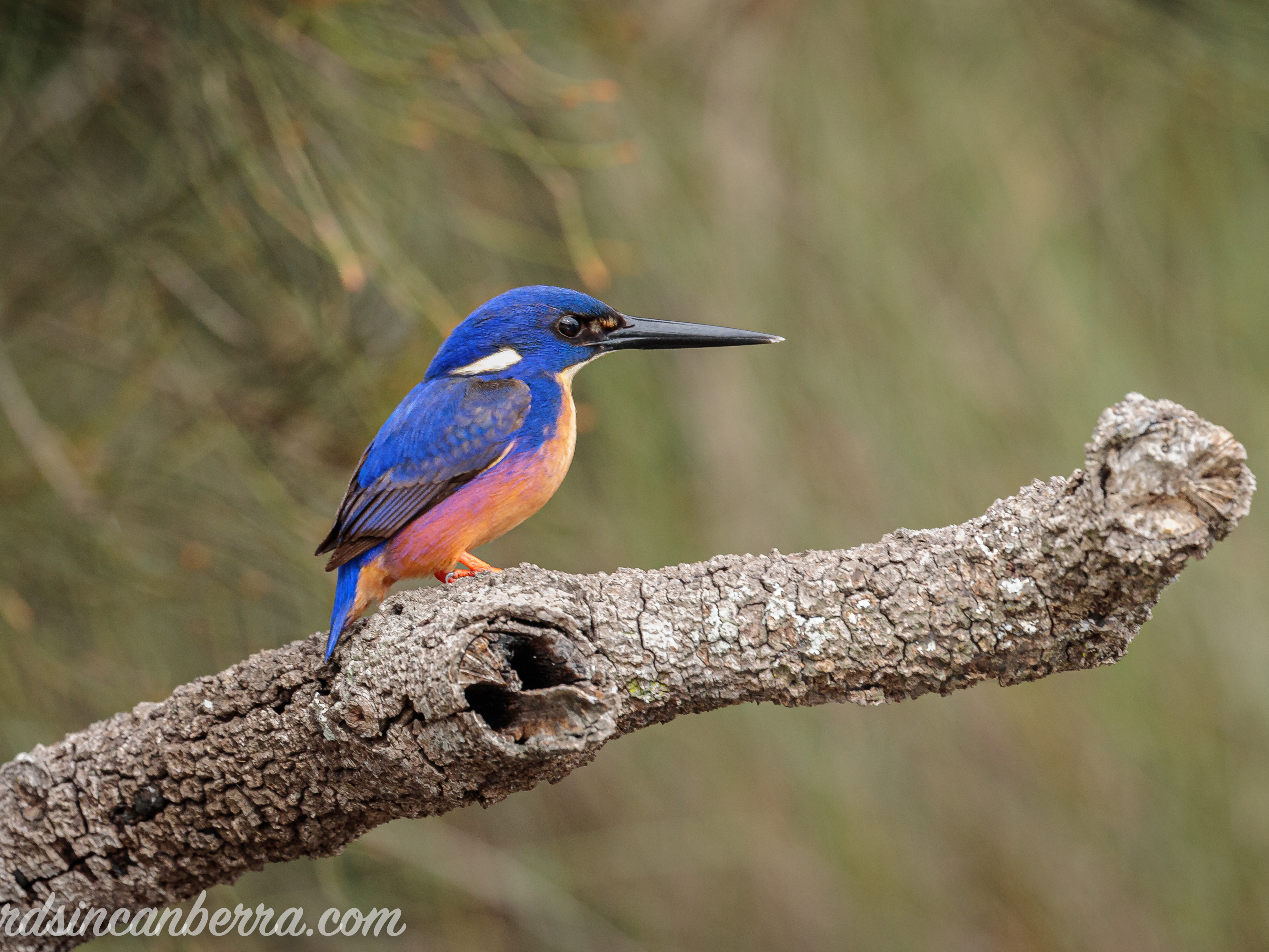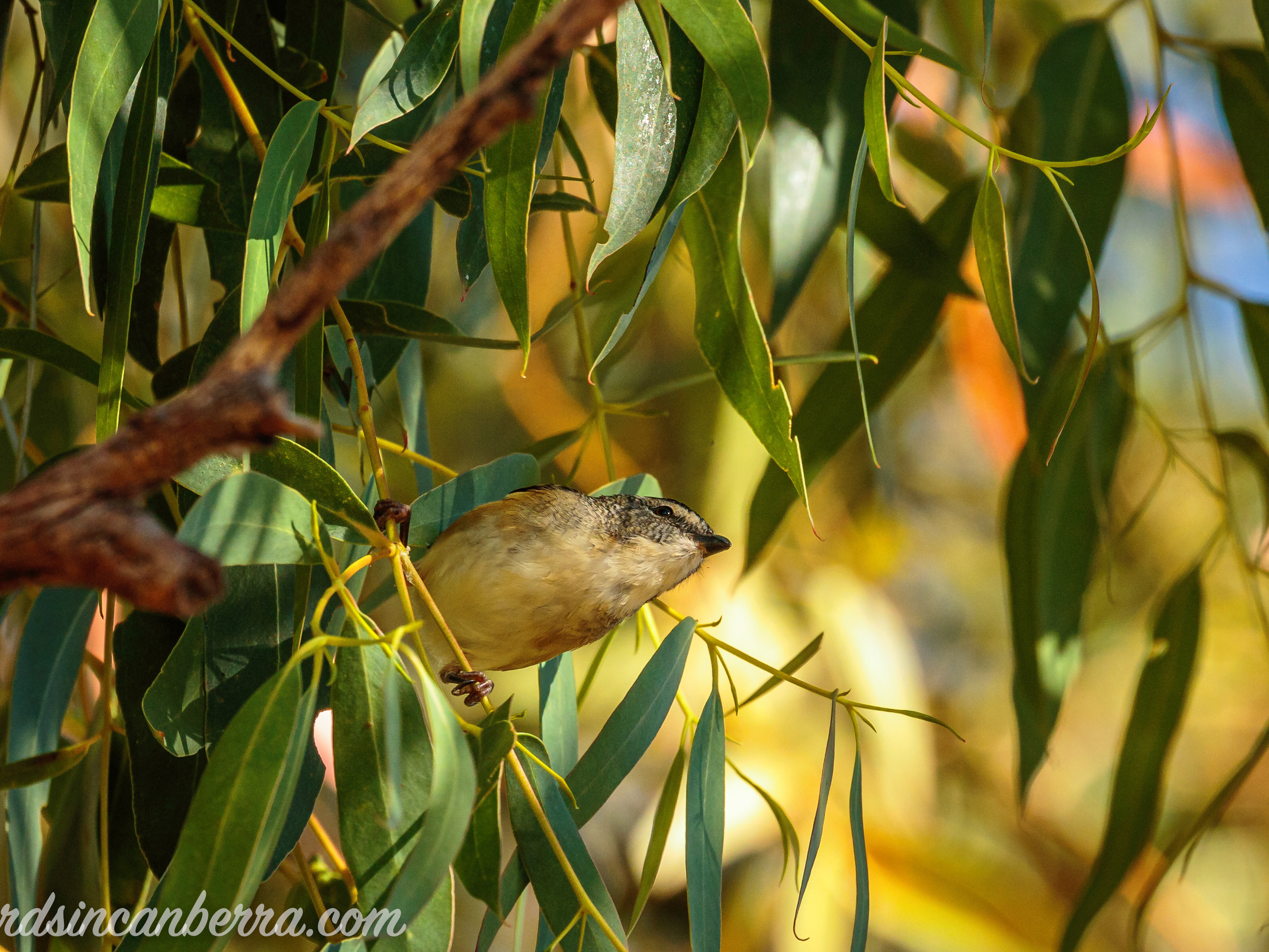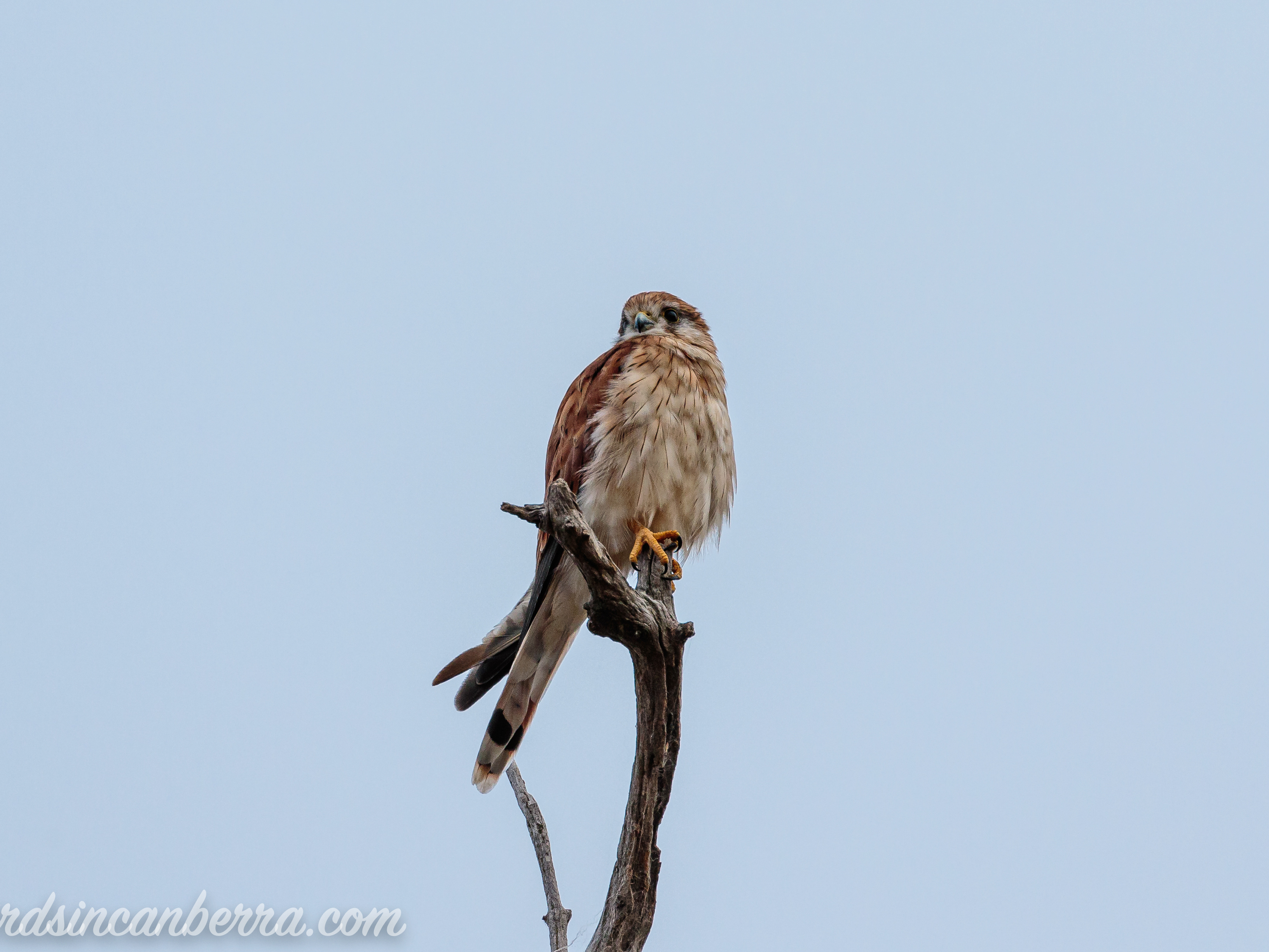An ecosystem in an enclosed estuarine lake, Durras Lake
Canberra was in lockdown for about two months during 2021 but with the easing of restrictions it was time to head back to the coast to see some different scenery. I thought that it would be nice to return to Durras Lake for a kayak and to see what wildlife I could find to photograph. I like Durras Lake because it is shallow so I can enjoy looking at what is beneath me, and it has some flooded terrain where is it is nice to glide through in a kayak. I was hoping to see some nice things to photograph as well as to use my underwater camera housing. I was not disappointed in either case with a number of birds around and the water temperature making snorkelling pleasant. The trip was a wonderful way to mark the end of lockdown with some beautiful natural things to see. I hope that you like the photographs below.
You may also like
